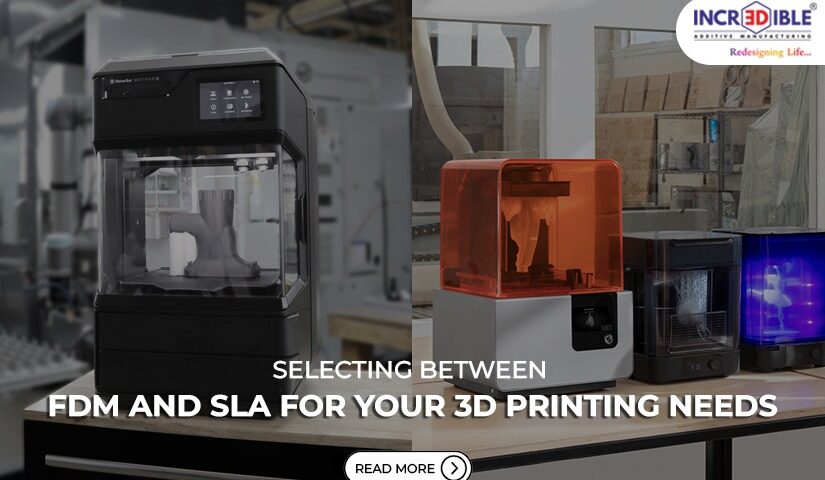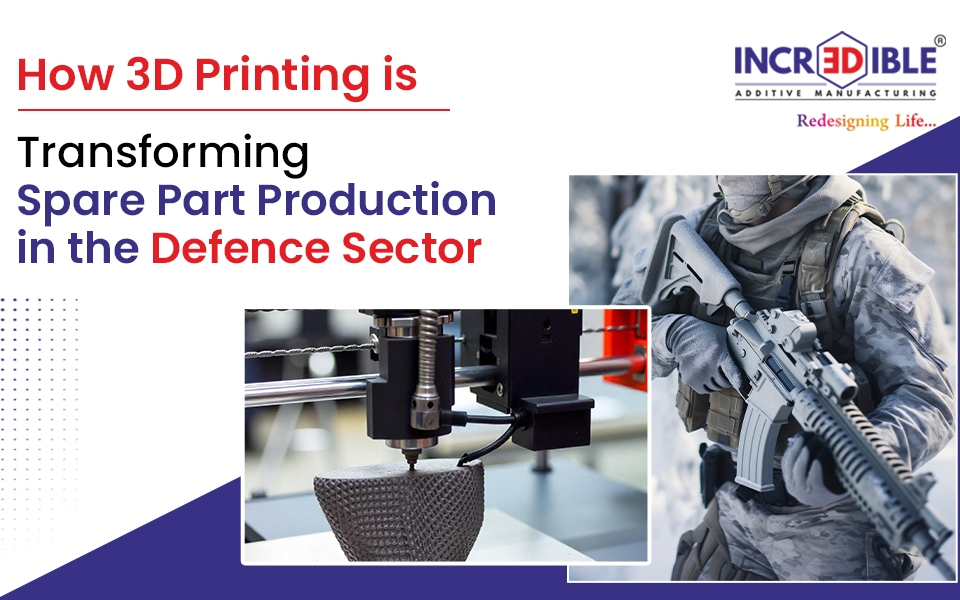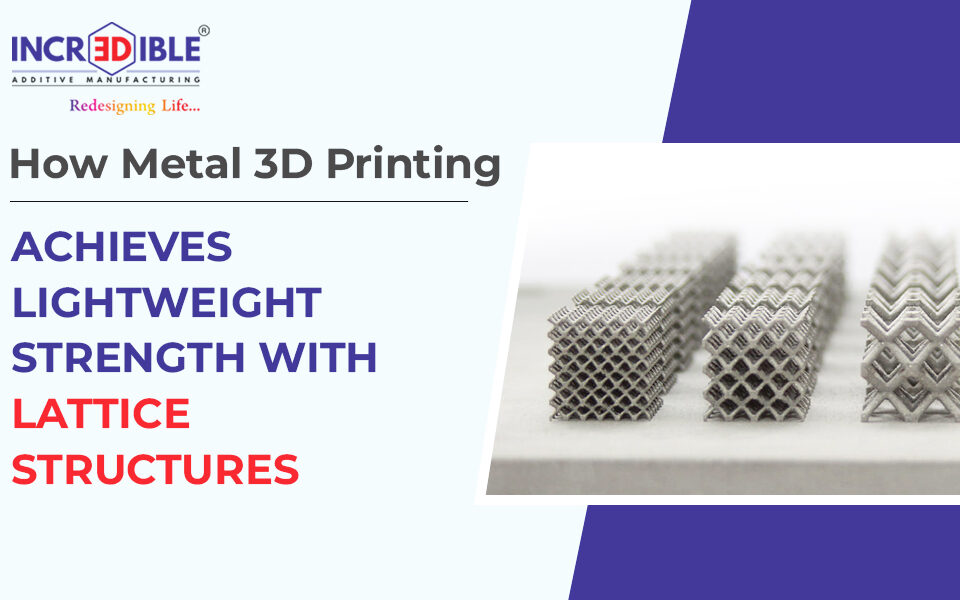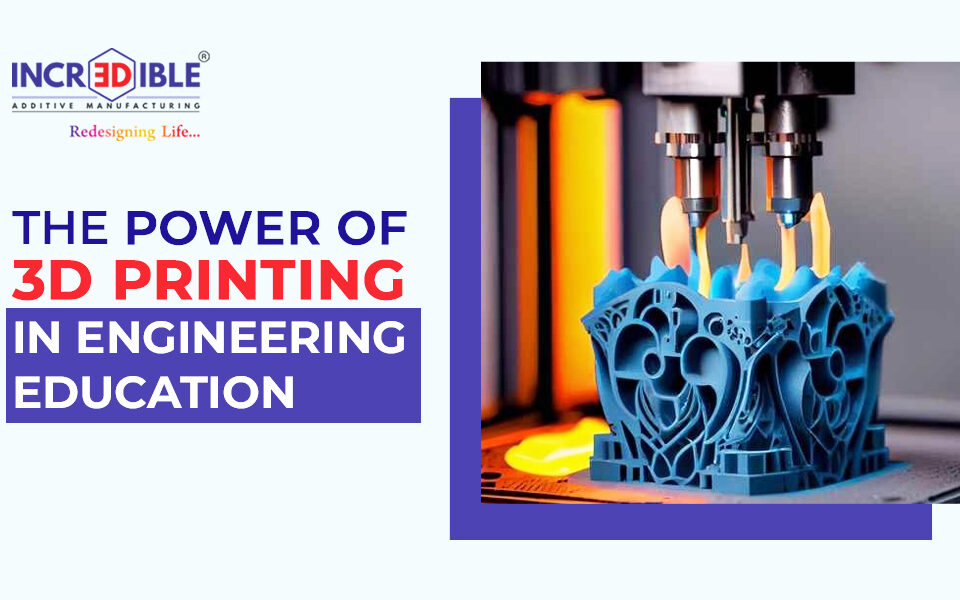Choosing Between FDM and SLA for Your 3D Printing Requirements
The famous 3D printing technologies Fused Deposition Modelling (FDM) and Stereolithography (SLA) serve different assembling and prototyping requests. In FDM 3D printing, objects are crafted layer by layer using precise extrusion of molten thermoplastic filament.
On the other hand, SLA 3D printing uses a laser to cure liquid resin into solid layers, creating profoundly point-by-point and smooth objects. SLA exceeds expectations in precision and surface finish, making it idealized for complex plans and parts requiring high accuracy, such as jewellery prototypes or dental models.
3D Incredible, a pioneer within the 3D printing industry, offers comprehensive solutions tailored to meet different project requirements.
FDM and SLA 3D Printing Technologies
FDM (Fused Deposition Modelling) and SLA (Stereolithography) 3D printing technologies each have particular features that fit various applications.
Material Use: FDM uses thermoplastic filaments like ABS and PLA, which are strong and durable. SLA uses liquid resins that cure into solid objects, offering predominant detail and surface finish.
Precision: SLA exceeds expectations in precision, capable of creating profoundly detailed and smooth parts, perfect for complicated designs. FDM is less precise but sufficient for bigger, functional models where fine details are less basic.
Speed: FDM for the most part prints quicker, particularly for bigger objects, making it appropriate for fast prototyping. SLA, whereas slower due to its layer-by-layer curing handle, offers higher quality and detail.
Cost: FDM is more cost-effective in terms of both starting investment and material costs, making it available for a wide range of applications. SLA tends to be more costly due to the cost of resins and the complexity of the method.
Advantages and Disadvantages:
FDM is profitable for its affordability, ease of use, and quality of parts. However, it lacks the precision and surface quality of SLA. SLA offers exceptional detail and smooth finishes but is more costly and can create more fragile parts.
3D Incredible leverages these technologies to supply tailored solutions, guaranteeing the most excellent fit for each client’s unique needs.
Choosing between FDM and SLA 3D printing depends on your project requirements.
Type of Object: For larger, functional objects like mechanical parts or tools, FDM is ideal due to its robust thermoplastic materials. FDM is also suitable for rapid prototyping when detailed precision is not a priority.
Required Detail: If your project demands high precision and a smooth finish, such as jewellery models, dental implants, or detailed miniatures, SLA is the better choice.
Budget: FDM is more budget-friendly, with lower initial investment and material costs, making it suitable for cost-sensitive projects. SLA, though more expensive, justifies its cost with superior detail and finish quality, essential for specific high-precision applications.
Typical Applications: FDM is commonly used for prototypes, fixtures, and functional parts. SLA is preferred for jewellery prototypes, dental models, and highly detailed sculptures.
3D Incredible can help you navigate these options, ensuring the best technology for your specific application.
Conclusion
FDM [Fused Deposition Modelling] and SLA 3D printing technologies each offer special advantages custom-fitted to different applications. FDM 3D printing, with its affordability and durability, is perfect for bigger, functional parts and fast prototyping. In contrast, SLA 3D printing excels in accuracy and surface finish, making it culminate for complicated designs and detailed models. 3D Incredible is dedicated to helping clients explore these choices, offering expert advice and high-quality 3D printing services tailored to individual needs.
Contact 3D Incredible today for a superior 3D printing experience, offering personalized solutions and top-tier service.




